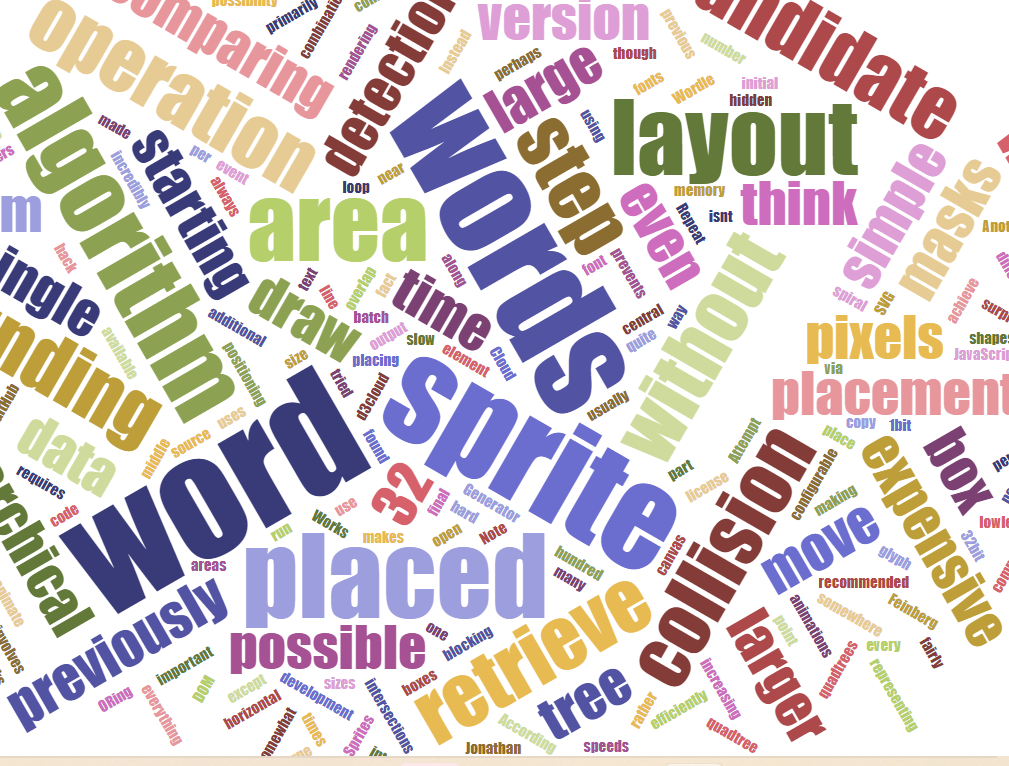 Will you ever be found by recruiters and hiring companies in a pool of 875 million LinkedIn members or in HRIS/ATS systems with even more people?
Will you ever be found by recruiters and hiring companies in a pool of 875 million LinkedIn members or in HRIS/ATS systems with even more people?
Well, you better hope they find you to have any chance of becoming a potential candidate for a new job opportunity.
But what are keywords actually?
Keywords are just words or phrases that are used by recruiters to find people on the internet and in resume databases that have these particular keywords.
Keywords are typically hard skills and not soft skills.
- Hard skills examples: Regional, accounting, buyer, retail, supply chain, SAP.
- Soft skills examples: Creative, energetic, self-motivated, team player.
If you have the keywords in your profile, that recruiters were looking for, your profile will come up in the search result. You are one step closer to getting a call or email.
You may be the next Einstein but without the keywords in your profiles that recruiters are looking for, oh well, the world will never know of your existence and brilliance.
Think about your own searches in Google. You write your keyword or sentence in the search bar and expect Google to find you the relevant websites. That is how recruiters search in LinkedIn and ATS (Applicant Tracking Systems).
How do you find keywords?
A good start is to know what hiring companies and recruiters are looking for.
Do this.
Search for your chosen job description on the internet, for example: supply chain manager job description.
You will see lots of job ads from hiring companies that have posted their vacancies on job boards like Glassdoor, Indeed, Monster, etc.
Open each job description, scroll down to the position’s Job Requirements, copy this text, and paste it into a Word or Notepad. Do this for three to five job descriptions.
- What are the words all hiring companies are looking for?
- Which words are most often repeated?
Then start analyzing.
But to automate and save your time, you may instead jump to the next paragraph.
Introducing the Word Cloud
 A Word Cloud is an image of the many words that are used in a particular text, like a job advertisement, in which the size of each word indicates its frequency or importance.
A Word Cloud is an image of the many words that are used in a particular text, like a job advertisement, in which the size of each word indicates its frequency or importance.
You can find almost too many free Word Cloud websites. Try to Google: Work Cloud Generator.
Not saying this is the best Word Cloud and it was a coincidence that I came across the Jason Davies Word Cloud. Whatever, that’s the one I am using: www.jasondavies.com/wordcloud/
Copy the job requirements from several job ads for the type of job you are looking for. Then paste your text into the space of the Word Cloud. And click Go!
The default setting is to show 250 words, but you can edit as needed. Try 50 or 100.
If you have words that are not relevant keywords, then go back to where you pasted the job requirements into Word Cloud and delete them.
Could be filler words like: Important, part, text, whereas.
Then click Go!
The bigger the keywords are, the more important they are. Make sure you have them included in your profiles.

